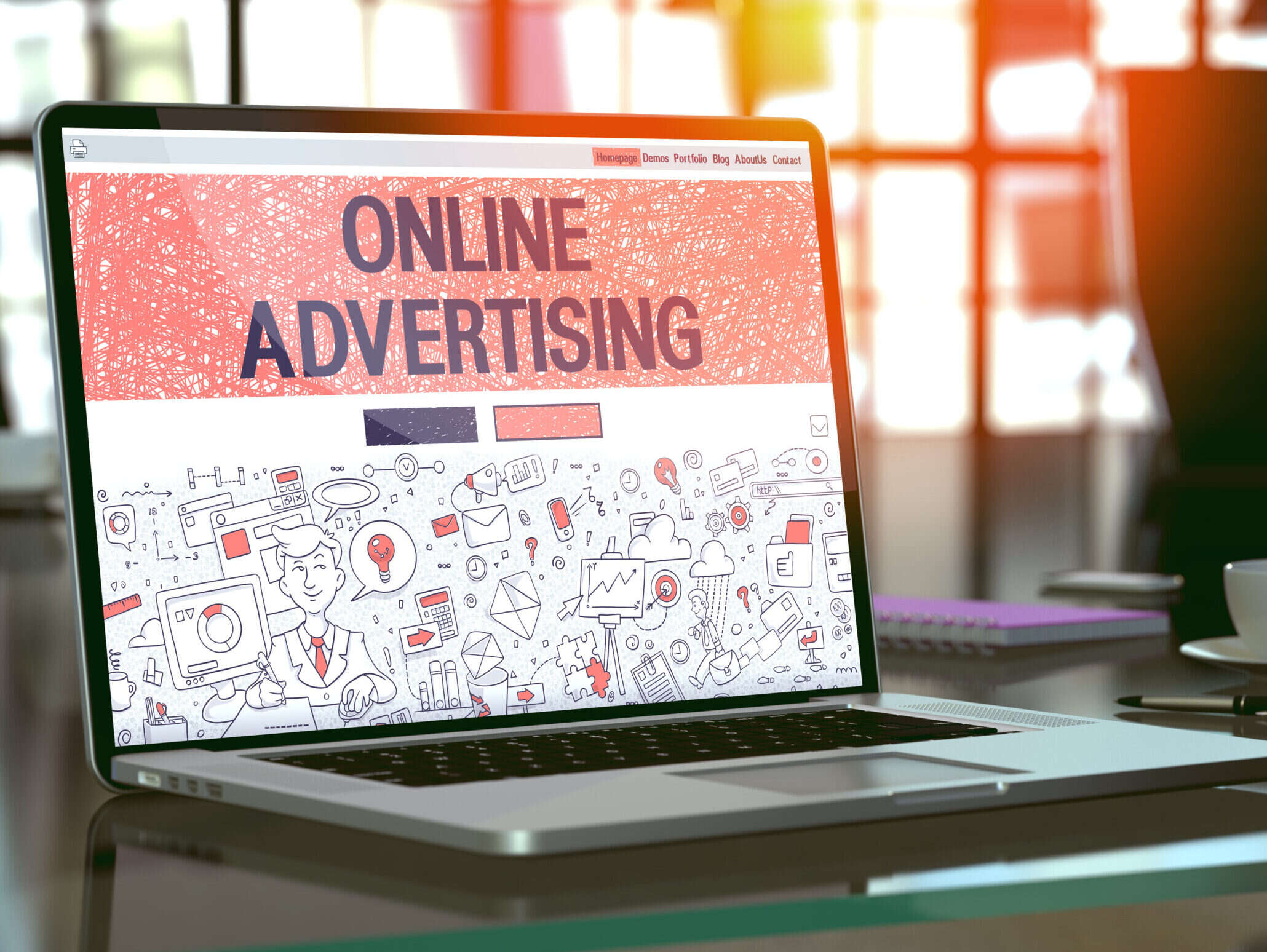
As the advertising technology landscape continues to evolve, 2025 promises to be a pivotal year for programmatic advertising. With Google’s recent announcement about third-party cookies, the ongoing push for enhanced user experience, and AI being stronger than ever, new opportunities continue to emerge. Here industry experts Magali Quentel-Reme (CEO of Opti Digital), Mohsin Pervez (senior director, platform solutions and operations EMEA at PubMatic) and Langdon Miller (director of programmatic at Brainly) share their insights.
Navigating the shift to an effective addressability solution
In 2025, addressability solutions are at the forefront of the digital advertising landscape as the industry accelerates its transition to a cookieless future. With over 50% of third-party cookies already phased out and Google’s pivotal July 2024 announcement granting users control over cookie settings, the race to identify effective alternatives is more critical than ever. While Topics API and protected audiences have been proposed as potential solutions, many experts believe these options remain incomplete, underscoring the ongoing challenge of fully replacing third-party cookies.
Langdon Miller, Director of Programmatic at Brainly, said that “the integration of probabilistic and deterministic IDs, first-party data, contextual segmentation, and bid decoration has led to sustained performance and increased yield.” This observation is echoed on the buy side, where there is an increasing reliance on first-party data and contextual targeting, which have gained traction since Google’s announcement and are now delivering superior results compared to third-party cookies.
As the focus shifts toward these new strategies, publishers are prioritising quality in their offerings to enhance value for advertisers. This emphasises the importance of sell-side curation, encouraging publishers and sell-side partners such as Opti Digital to meticulously curate and filter ad inventory based on metrics such as user attention, click-through rate (CTR), viewability, and contextual relevance.
Reducing ad latency to improve web performance
In 2025, ad latency will continue being a critical focus for publishers as they strive to balance the best monetisation with an optimised user experience (UX). March and August 2024 Google Core Updates already demonstrated the negative impact of slow-loading pages on SERPs, leading to traffic declines for many publishers. According to a study run by Opti Digital, the average ad script on publishers’ websites can weigh up to 1.6 MB and trigger 300 requests on page load.
Magali Quentel-Reme, CEO of Opti Digital, emphasised that “a heavier ad stack leads to lower ad revenue as it slows down ad delivery, decreases ad viewability and CTR, drives users away, and negatively impacts both audience and monetization.” Her company reports observing better results with the ad stack provided by Opti Digital, which is five times lighter and makes ten times fewer requests.
As 63.6% of global internet users primarily browse on mobile, addressing ad latency has become increasingly crucial for publishers. They also wish to maintain good Core Web Vitals and protect their organic traffic from search engines. That’s why many publishers are reducing their reliance on client-side header bidding, and running auctions server-side instead to speed up ad auctions and reduce creatives load times. Additionally, in light of the ongoing shift toward a cookieless future, the value of client-side solutions is diminishing. While server-side connections are known to be more complex to set up, they offer an efficient way to deliver ads faster and improve ad quality KPIs such as viewability and CTR. However, adopting a hybrid approach that combines both client-side and server-side auctions appears to be the best strategy for 2025, as some SSPs still lack compatibility with server-to-server auctions.
Leveraging AI for bid optimisation
Supply Path Optimisation (SPO) emerged as a key trend in 2023 and 2024, focusing on simplifying the supply path in programmatic advertising, reducing the number of intermediates in the chain to make it more efficient. However, the real objective goes beyond merely keeping the direct paths; it is about identifying the most efficient routes that bring added value to both advertisers and publishers. This is where traffic shaping and machine learning algorithms become essential.
If an SSP were to receive 50 billion impressions daily across publishers and send the corresponding bid requests to 100 DSPs without any traffic shaping, this would lead to an untenable five trillion bid requests. This level of volume can lead to significant infrastructure waste, as ultimately, only one DSP can win each auction. As Mohsin Pervez, Senior Director of Platform Solutions and Operations, EMEA at PubMatic, notes: “By analysing past bid patterns, traffic shaping helps SSPs identify underperforming bids and prevent unnecessary requests, simplifying the entire supply chain.”
Additionally, publishers can also leverage traffic shaping on their side by filtering out non-responsive SSPs, further ensuring a more optimised bidding process. This bilateral approach allows both SSPs and publishers to enhance their overall efficiency and drive better outcomes
As the digital advertising landscape continues to evolve in 2025, addressing the challenges of a cookieless future, improving ad latency and user experience and optimising the supply path will be essential for publishers and advertisers alike. By embracing innovative approaches, leveraging data-driven automation, and focusing on quality and efficiency, industry players can navigate this dynamic environment and unlock new opportunities for growth.
Email pged@pressgazette.co.uk to point out mistakes, provide story tips or send in a letter for publication on our "Letters Page" blog


